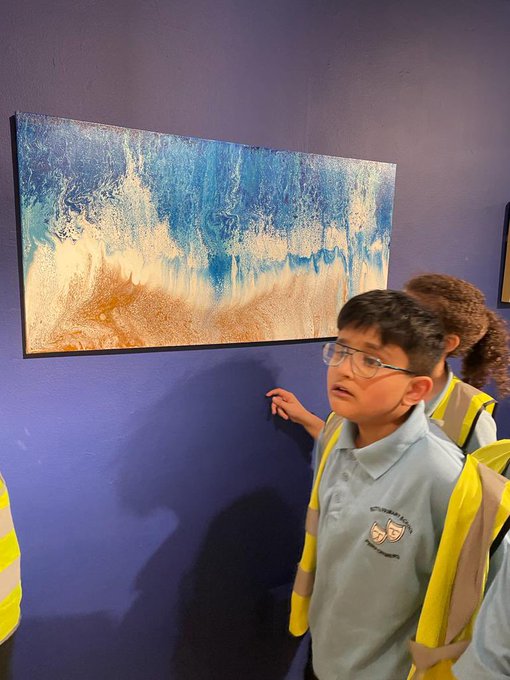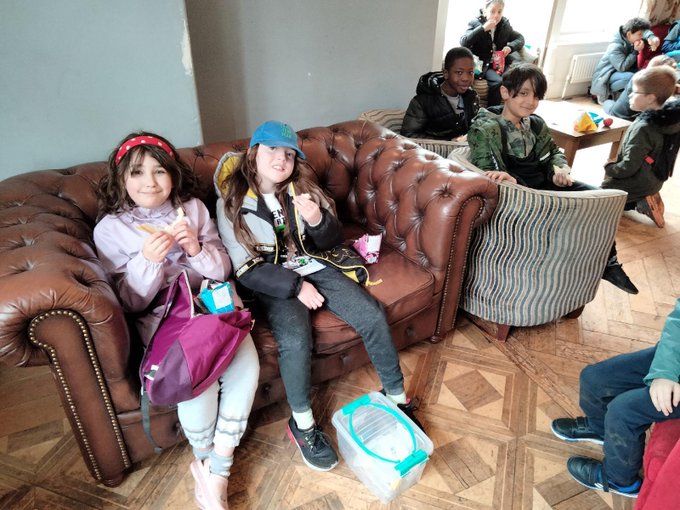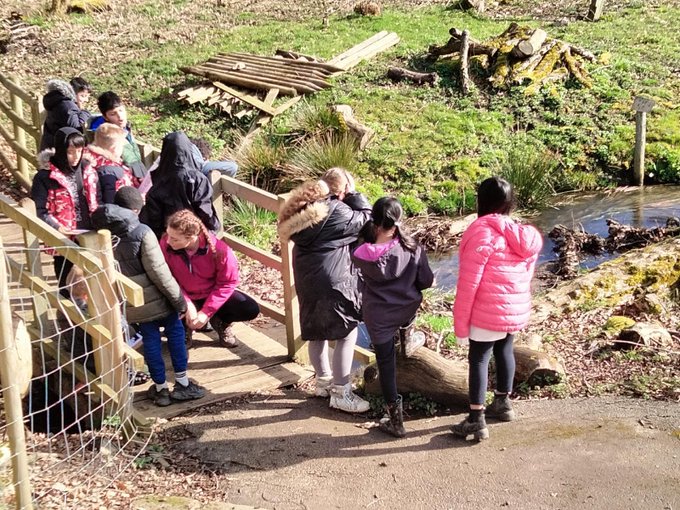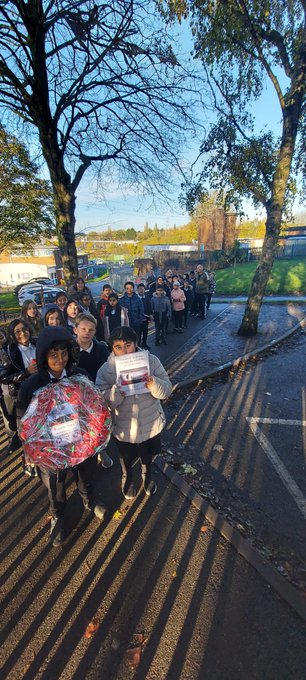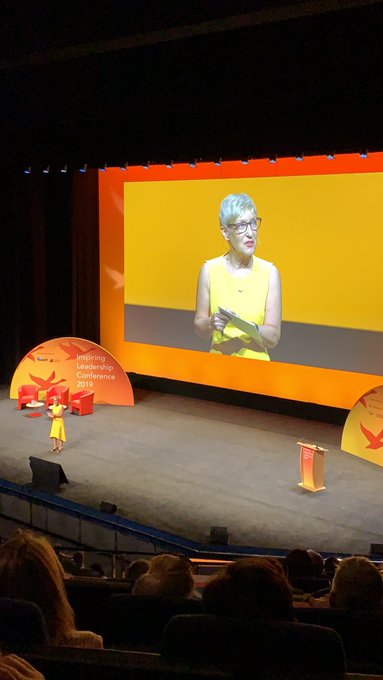Teaching Diversity in Primary Schools
Before we talk about teaching diversity in primary schools, lets first establish what diversity actually is, as it’s likely that many people will think about cultural diversity and race when planning to educate on the topic.
Cultural diversity is the existence of a variety of cultural or ethnic groups within a society, but diversity is more than this alone.
The full gamut of diversity in society covers people from a range of different social and ethnic backgrounds, of different genders, sexual orientations, physical and mental ability and more. Diversity is what makes us all unique and can also include our backgrounds, life experiences and belief systems.
Diversity acceptance is the concept of accepting and promoting people’s differences, with the goal of raising awareness and ensuring that all individuals are treated equally and fairly.
When students are taught to respect all forms of diversity, they gain an understanding that will help their relationships, and lead to more positive and inclusive decisions throughout their lives.
The goal in schools should be to create tolerant, accepting and inclusive classrooms, where everyone is safe from prejudice. Children should be taught that differences should be respected and recognised, and diversity itself valued as a strength.
Not all children are exposed to diversity before starting school and many parents don’t teach this topic at home. Intolerant attitudes can develop at a very young age and typically start at home due to the absence of exposure and education.
Teachers have a vital role to play in combating discrimination and encouraging tolerance, by teaching children about diversity as early as possible.
What Diversity Types Do We Need To Teach?
There are many ways people can differ from each other, some are visible from the outside and others are not. Diversity types have been sectioned into four different categories which are; Internal Diversity, External Diversity, Organisational Diversity and World View Diversity.
Internal Diversity
This category of diversity specifies things that people are born into or as – things that are not chosen by them and are impossible for them to change. Examples include race, ethnicity, age, sexual orientation, cultural identity, gender identity, physical ability and mental ability.
External Diversity
A diversity type that describes things which are related to the characteristics and preferences of the person, but aren’t characteristics that they were genetically born with. These characteristics can be heavily influenced by the people around them, and indeed sometimes those people forcefully exert their influence.
Examples of external diversity include personal interests, education, styling of appearance, religious beliefs, location, socio-economic status and life experiences.
Organisational Diversity
Also termed functional diversity, this relates to the differences between individuals assigned to them by an organisation, typically a workplace. These include job function, place of work, management status, union affiliation and payment type.
World View Diversity
There are many factors that can influence our world view, and these can change and evolve over our life time, especially as they are influenced by our internal, external and organisational diversity characteristics.
Examples of world view diversity are political beliefs, moral compass and epistemology (the rationalisation of how we reach and define our beliefs).
Why Is School Diversity Important?
School diversity teaching is important for students and staff members alike. Students are taught during their formative years to respect and appreciate diversity, and staff members too can benefit from a tolerant and inclusive work place.
A diverse workforce and school community offers an establishment with varied perspectives from differing backgrounds and experiences. This wealth of knowledge and experience is invaluable, and appreciating and encouraging diversity amid pupils and staff can result in better problem solving.
A diverse school will reach a wider audience within the community at large, and with a commitment to equal opportunities for all, the reputation of your school will flourish.
With greater diversity and a commitment to teaching and encouraging diversity within your school, you will attract more job applicants for key roles, offering you more applicant choice and a more skilled work force.
Ideas For Supporting Diversity In The Classroom
Examine your resources and materials – what stories do you tell and who are the voices? Teaching materials have been limited to the narratives of white Western middle class voices, but now there is so much more out there – check out our further reading below with links to diversity books.
Don’t ignore discrimination – Shut down discrimination whenever you hear it; respond to it, take it seriously and take action, which may also include informing parents.
Use the right language – language should promote diversity and avoid stereotypes, such as avoiding phrases like ‘boys will be boys’ for example.
Encourage mixing and inclusion – step in where you see divisions forming amid students and their peers in terms of racial, economic, ability or any other lines.
Avoiding grouping children by gender – alternative ways to create groups is by using birthdays, pet preferences and so on.
Explore existing attitudes – people often find the differences between animals exciting and interesting, but the differences between humans can create fear and anxiety. Explore their existing thoughts and feelings.
Examine your curriculum – for example you could teach about British Imperialism and consider using teaching resources from The Black Curriculum. The Black Curriculum is a social enterprise founded in 2019 to address the lack of Black British history in the UK Curriculum.
Use role models – share videos and stories of diverse high-profile positive role models. These role models may also share their personal experiences with discrimination, which is important for students to hear.
LGBTQ – Teach children about gendered language and discuss homophobia and transphobia. Speak out against the use of anti-gay slurs and support anyone who chooses to come out.
Encourage different perspectives – task children to solve problems by coming up with different solutions to the same problem. This teaches them that there is no correct way to do anything.
Further Reading
Exclusions for racism in primary schools in England up more than 40%
Diverse Voices – 80 Children’s Books that Celebrate Cultural Difference
How Inclusive Is Your School Library?
BBC Video Resource; KS2 Children Describe Their Experiences With Diversity



